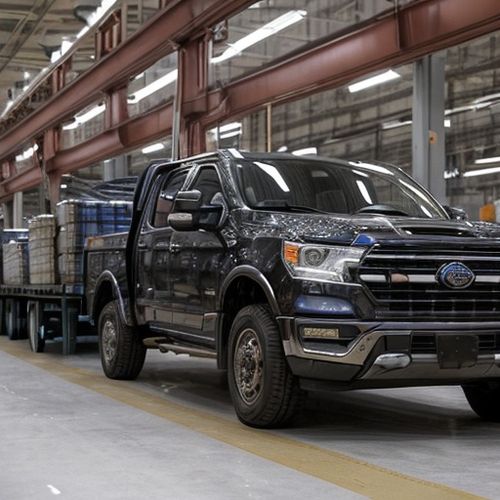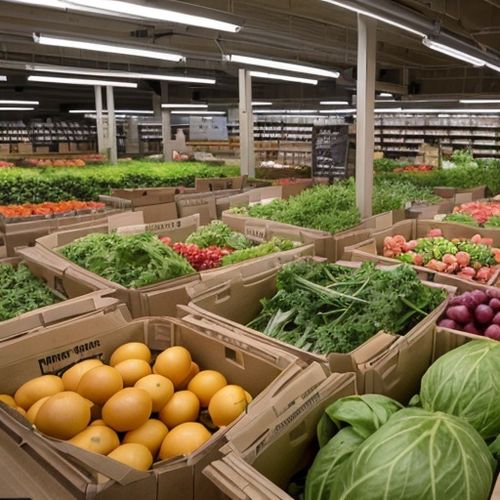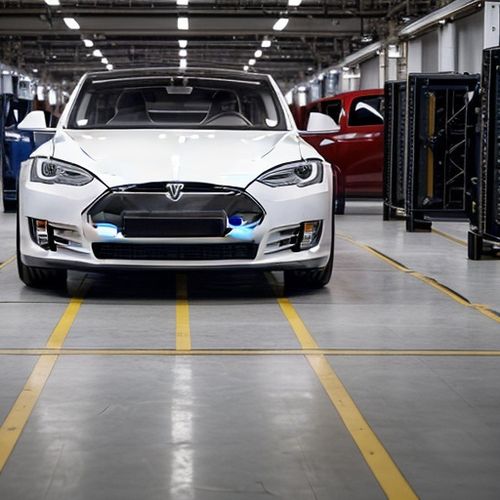Auto dealerships across the United States are bracing for a surge in customer traffic this week as cost-conscious buyers rush to avoid anticipated price hikes and increased maintenance costs over the next few years. The primary driver of this urgency is President Donald Trump’s recently announced 25% tariffs on imported vehicles and parts, set to take effect on Thursday. These tariffs are expected to significantly impact the cost of cars built in American factories, potentially raising prices by thousands of dollars.
The Tariff Impact on Car Prices
The tariffs will likely affect not just imported vehicles but also cars assembled in the US, as no car produced in the US is entirely made from domestic parts. All 10.2 million cars built in US factories last year relied on a significant number of imported components, primarily from Canada and Mexico. According to the Anderson Economic Group, the cost of a car assembled in North America could increase between $4,000 and $10,000, while the price of an electric vehicle could surge by at least $12,000.
Consumer Response and Dealer Observations
Consumers are already feeling the pressure. Miguel Colom from Bethlehem, Pennsylvania, plans to buy a Chevy Equinox EV but feels rushed to make the purchase before the tariffs take effect. Similarly, Robert Wyatt from New Jersey traded in his 9-year-old Mercedes for a new Toyota sooner than planned to avoid future maintenance costs on an older vehicle. Sales managers report an increase in inquiries, though sales have not yet seen a dramatic spike.
Industry Concerns and Future Outlook
The automotive industry is deeply concerned about the long-term effects of these tariffs. Erin Keating, an executive analyst at Cox Automotive, warns that the market may not bear another significant price increase, especially given the recent supply constraints and cost spikes during the COVID-19 pandemic. Automakers may cut back on production while they assess the impact of the tariffs, leading to inventory declines and further price increases.
Potential for Production Cuts and Job Losses
Analysts predict that higher prices will deter buyers, forcing automakers to reduce production. Jonathan Smoke, chief economist at Cox Automotive, estimates that US factories could produce 20,000 fewer cars per week, a 30% reduction from usual levels. This could lead to job losses in the automotive sector, which already saw a decline of 286,000 jobs, or 34%, between 2000 and 2024.
The Role of Global Supply Chains
The automotive industry’s complex global supply chains make it difficult to quickly shift production to the US. Automakers have optimized their operations around free trade agreements, and rerouting the sourcing of thousands of parts and uprooting assembly operations would take years. While some companies may be able to pivot operations to the US, others are too tied to factories in Mexico or elsewhere to make the move anytime soon.
The Impact on Electric Vehicle Makers
Tesla, which assembles all its US-sold vehicles in California and Texas, may be less affected by the tariffs than its competitors. However, Tesla still relies on imported parts, which means its production costs could rise. Other electric vehicle makers, such as General Motors and Ford, which import significant portions of their fleets, will likely see their profits squeezed.
Navigating Uncertainty
As the tariffs loom, the automotive industry faces significant uncertainty. While some dealerships may see a temporary increase in sales as consumers rush to avoid price hikes, the long-term outlook is fraught with challenges. Automakers will need to navigate supply chain disruptions, potential production cuts, and higher costs, all while maintaining competitiveness in a global market. The coming months will be critical in determining how the industry adapts to these new trade policies and their impact on consumers, workers, and the broader economy.

By William Miller/Mar 31, 2025

By Rebecca Stewart/Mar 31, 2025

By Natalie Campbell/Mar 31, 2025

By Olivia Reed/Mar 31, 2025

By Amanda Phillips/Mar 31, 2025

By Michael Brown/Mar 31, 2025

By Lily Simpson/Mar 31, 2025

By Natalie Campbell/Mar 31, 2025

By Christopher Harris/Mar 31, 2025

By Eric Ward/Mar 31, 2025

By Daniel Scott/Mar 30, 2025

By Thomas Roberts/Mar 30, 2025

By Natalie Campbell/Mar 30, 2025

By Rebecca Stewart/Mar 30, 2025

By James Moore/Mar 30, 2025

By Benjamin Evans/Mar 30, 2025

By Michael Brown/Mar 30, 2025

By John Smith/Mar 30, 2025

By John Smith/Mar 30, 2025

By Victoria Gonzalez/Mar 30, 2025